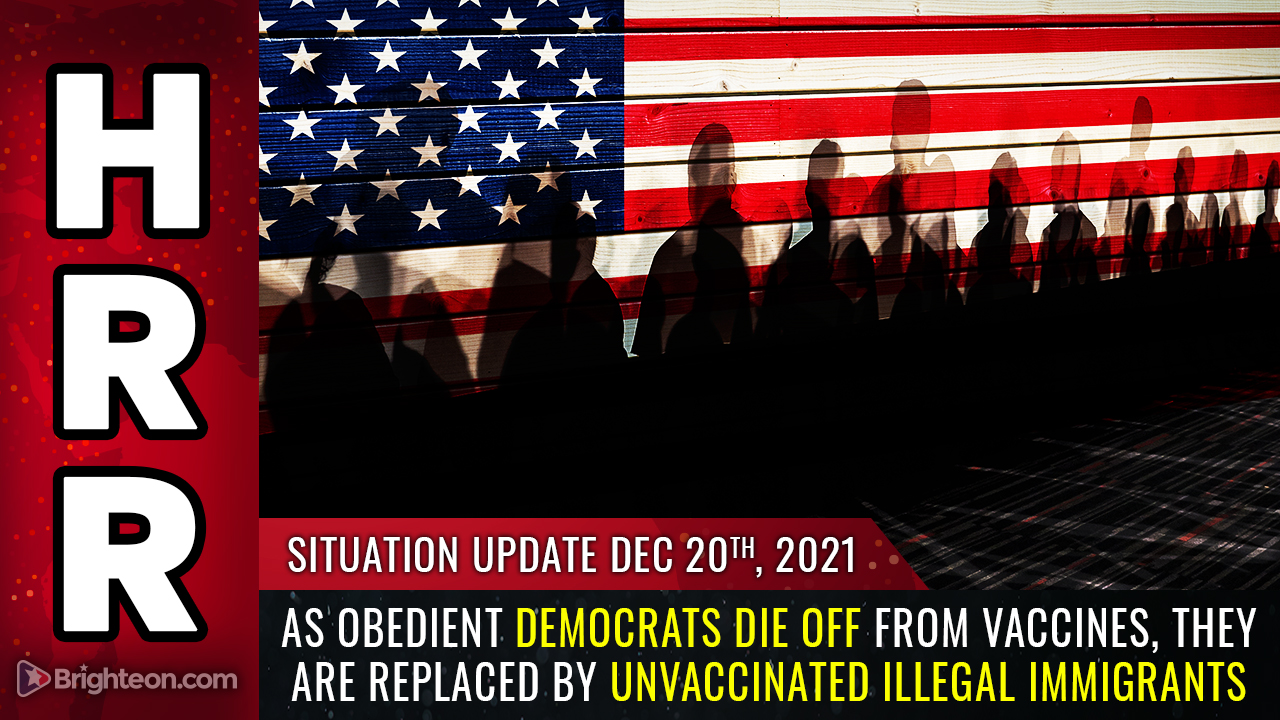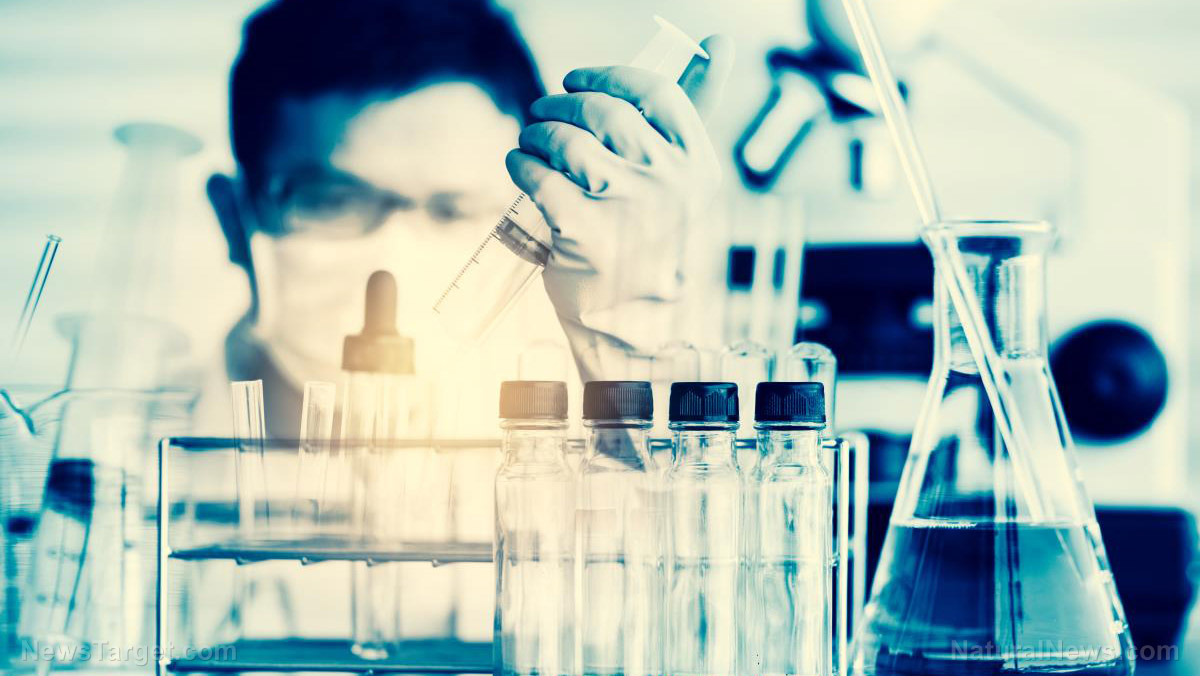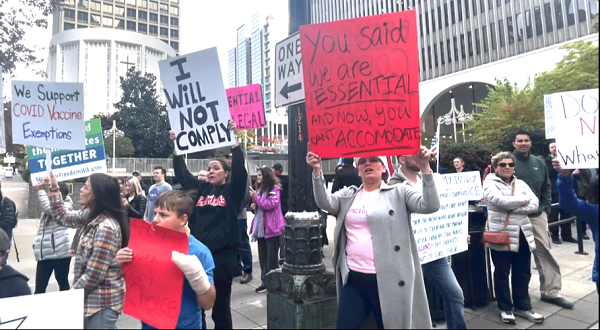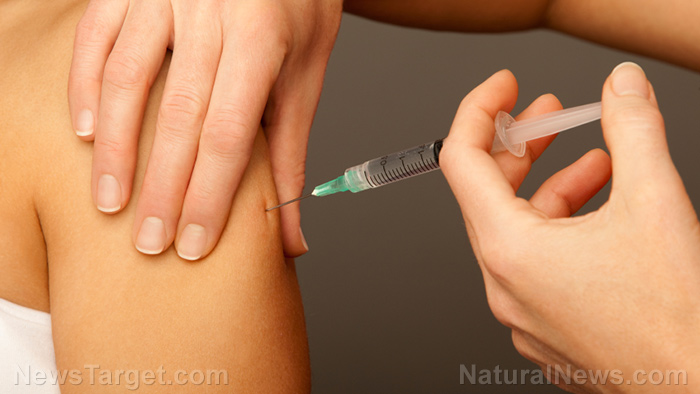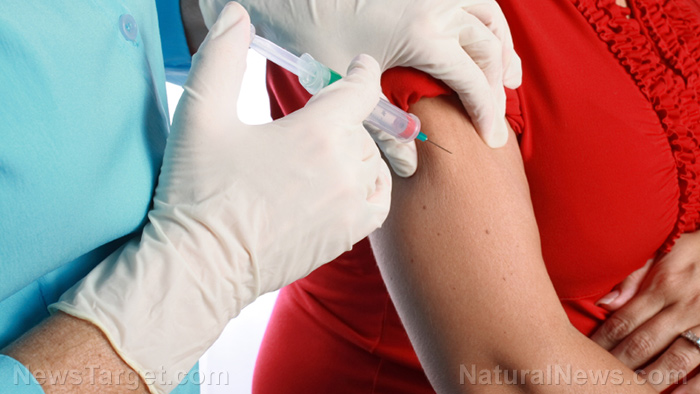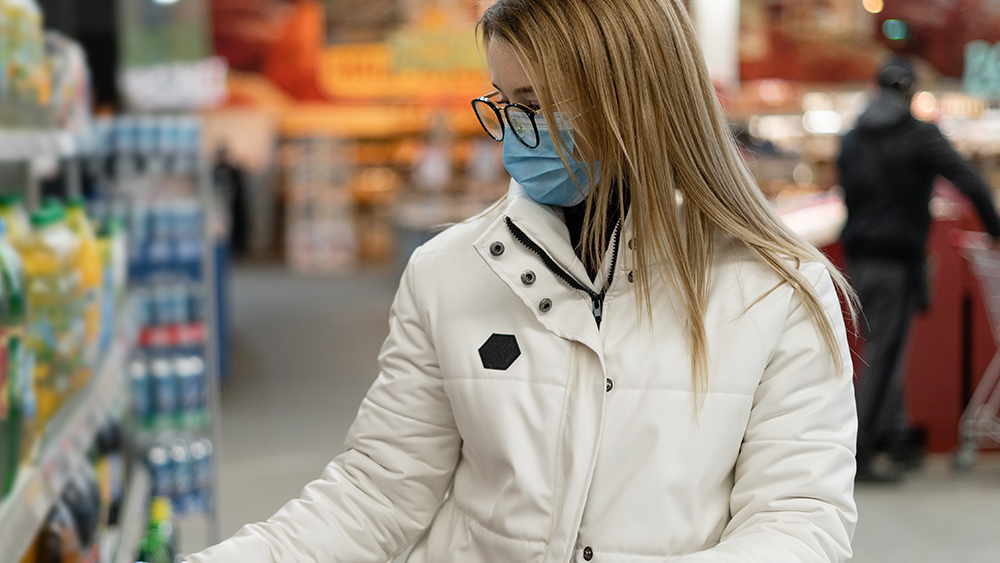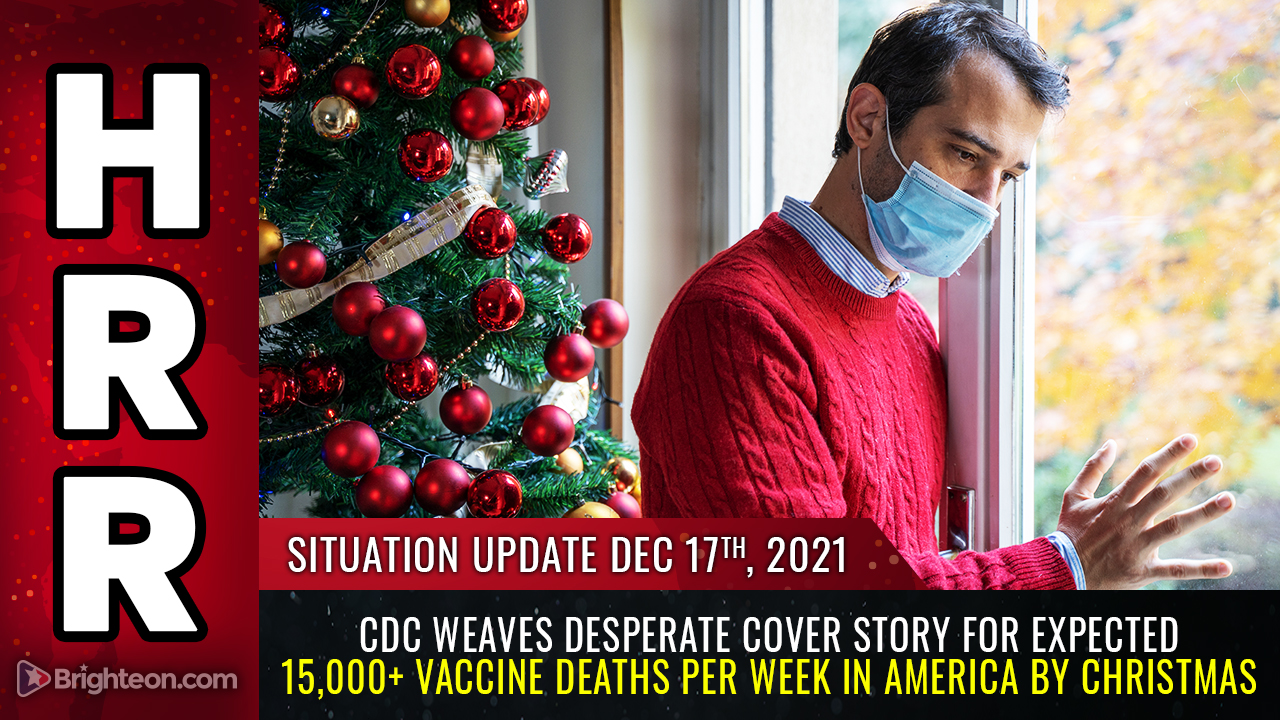World Health Organization stops recommending widespread testing of asymptomatic coronavirus cases
07/07/2021 / By Zoey Sky

The World Health Organization‘s (WHO) updated guidance on Wuhan coronavirus (COVID-19) testing no longer recommends extensive testing for those not experiencing symptoms. it cited the strategy’s cost and ineffectiveness as the reason for the change.
Prioritize testing of suspected cases, says WHO
In the updated guidance, the organization said that it no longer recommended the widespread testing and self-testing of asymptomatic individuals due to the “lack of evidence on impact and cost-effectiveness” of these methods. The WHO also explained that continuous testing may divert resources from higher priority testing indications.
The organization added that countries with “the resources and desire to expand testing to the general public (regardless of symptoms)” must be able to confirm that they have the necessary public health infrastructure to promptly respond to positive results. It also advised that countries must ensure that resources aren’t being taken away from the testing of suspected cases, which should be the priority.
The WHO advised that testing should be directed to where they would have the biggest public health impact, meaning suspected cases with patients experiencing coronavirus symptoms “should be prioritized for testing,” regardless of vaccination status or disease history. (Related: World Health Organization rejects vaccine passports over jab effectivity concerns.)
Additionally, in areas with ongoing community transmission, people who have come in contact with a probable or confirmed case must go into quarantine for 14 days even if they are asymptomatic and haven’t been confirmed positive.
Unvaccinated, asymptomatic patients should be tested if they were in close contact with a positive individual, says CDC
Meanwhile, the Centers for Disease Control and Prevention‘s (CDC) most updated guidance says that those who are asymptomatic and unvaccinated need to be quarantined and tested if they were in close contact with someone who tested positive for coronavirus. The agency recommends viral testing immediately after these individuals are identified.
If results are negative, they must be tested again within five to seven days after the last exposure or immediately if they experience symptoms during quarantine.
The CDC added that fully vaccinated individuals don’t need to be quarantined, tested, “or be restricted from work” even after being in close contact with individuals with suspected or confirmed coronavirus if they don’t experience coronavirus symptoms since their risk of infection is low. But the agency recommends those who have been fully vaccinated to self-monitor for COVID-19 symptoms at least 14 days after exposure.
The CDC also recommends testing “fully vaccinated residents and employees of correctional and detention facilities and homeless shelters.”
People are only considered fully vaccinated by the CDC two weeks after receiving their second dose of a messenger RNA vaccine or a single-dose Johnson & Johnson vaccine. The agency says that those who’re fully vaccinated can do the following:
- Resume activities without wearing facemasks or physically distancing, except if it’s required by federal, state, local, tribal, or territorial laws, rules and regulations, along with including local business and workplace guidance.
- Resume domestic travel and refrain from testing before or after travel or self-quarantine after travel.
- Refrain from testing before leaving the country for international travel (unless required by the destination) and refrain from self-quarantine after arriving back in the U.S.
Antigen tests can be used to confirm coronavirus cases
Back in 2020, the standard for diagnosing a coronavirus infection was through a polymerase chain reaction (PCR) test with cycle threshold values of 40 cycles or higher. Experts expressed concerns that there may be an overreliance on and a misuse of the test as a diagnostic tool because “it can’t differentiate between a live infectious virus and an inactivated virus fragment that isn’t infectious.”
Patients with a positive PCR test with or without symptoms of coronavirus were considered a case and added to the daily case count.
In response, the WHO updated its guidance on the use of PCR tests on Jan. 20 this year. The agency advised lab experts and in vitro diagnostic medical device users not to rely solely on the results of the PCR test to diagnose coronavirus.
For more accurate results, the PCR test should be analyzed along with a patient’s health history and epidemiological risk factors in diagnosis.
More recent cases can also now be verified with an antigen test instead of a nucleic acid amplification test (NAAT) like the more common PCR test.
The organization cited three scenarios where NAAT isn’t required along with an antigen test result:
- In symptomatic patients in high prevalence settings, NAAT isn’t needed to confirm positive antigen test results. A negative antigen test result can be confirmed by NAAT at clinical discretion.
- In low prevalence settings, confirmation of negative antigen test results by NAAT isn’t necessary. In the case of a positive antigen test result, it is up to the clinic to confirm it with NAAT.
- In asymptomatic patients who have come in contact with “confirmed cases or are frequently exposed” like health care and long-term care facility workers, an antigen test result isn’t necessary to be confirmed by NAAT.
Antigen tests are immunoassays that can detect if you have an active coronavirus infection within 15 to 30 minutes. The tests are also less sensitive than a PCR test.
The WHO noted that antigen tests are “sensitive only for detection of patients with a high viral load,” like cycle threshold (Ct) values [of approximately] 25 to 30.
The WHO’s current guidance on prioritizing tests for people with symptoms is in line with previous guidance pre-pandemic in treating and diagnosing respiratory viral outbreaks, like the severe acute respiratory syndrome (SARS) outbreak in 2003 and the Middle East respiratory syndrome (MERS) outbreak back in 2012. Earlier guidelines focused on symptomatic cases to stop the transmission of the disease.
Findings suggest that asymptomatic spread isn’t as widespread as earlier studies claimed it to be and that the risk of transmission from asymptomatic individuals is low.
Visit Pandemic.news for more updates on the coronavirus pandemic and how ineffective testing actually is.
Sources include:
Tagged Under: coronavirus test, coronavirus vaccine, covid test kits, covid-19, covid-19 pandemic, medical testing, RT-PCR, RT-PCR test, WHO, World Health Organization, Wuhan coronavirus
RECENT NEWS & ARTICLES
COPYRIGHT © 2017 MEDICAL EXTREMISM

